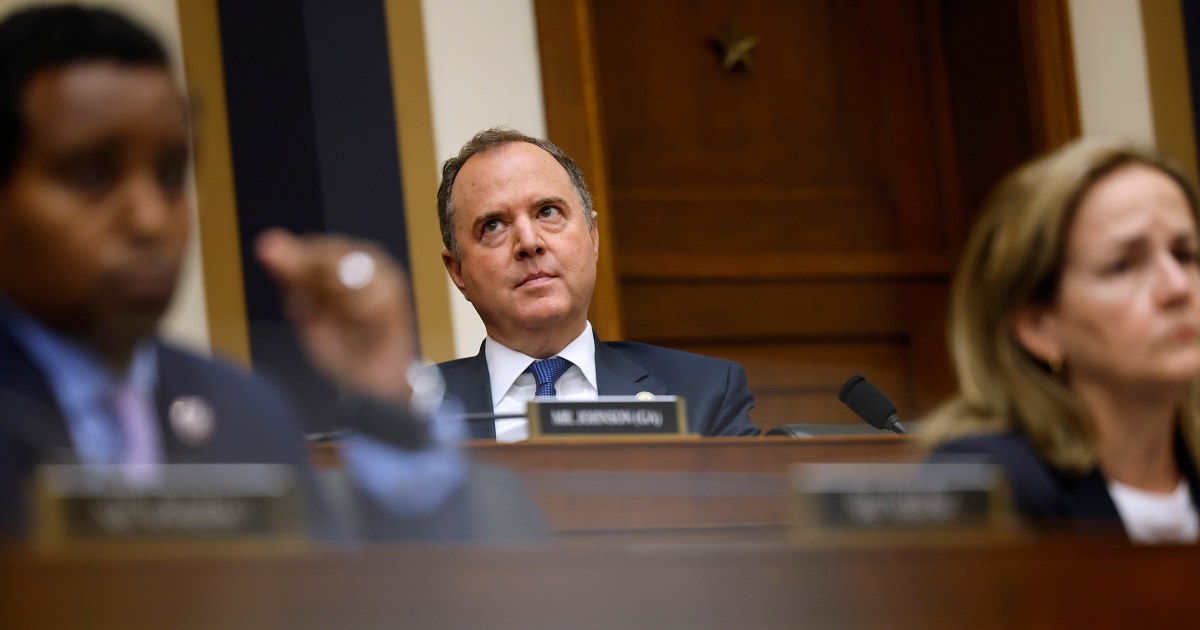#: Apple CEO Tim Cook won’t raise iPhone 14 prices. He must first deal with a fierce rival — and it’s not Samsung

Table of Contents
“: Apple CEO Tim Cook won’t raise iPhone 14 prices. He must first deal with a fierce rival — and it’s not Samsung”
Many analysts were taken by surprise, as they expected the company to increase prices on its higher-end iPhones
Apple has something more important than Samsung’s
005930,
foldable phone to worry about: Inflation.
None of the new iPhone 14 devices sport increased prices relative to their iPhone 13 counterparts, Wednesday’s event showed, despite many analysts expecting the company to increase prices on the higher-end offerings.
AAPL,
unveiled the iPhone 13 last September, inflation was hot — but as consumers and investors review the freshly unveiled iPhone 14 lineup, they’ll do so while sweating through even hotter inflation.
The iPhone 14 sticks with a $799 starting price, the iPhone 14 Pro begins at $999 and the iPhone 14 Pro Max begins at $1,099. Prices had been the real unknown going into Wednesday afternoon’s event.
Still, questions remain. Despite unchanged prices for the iPhone 14 line, it’s worth asking how many people will have the cash and capacity to spend on Apple’s latest array of smartphones, watches and headphones.
The matter of affordability has been put in a stark setting by a new Gallup poll released Wednesday, asking how many people are getting burned by the high cost of living and what they are doing to cope.
A majority of Americans, 56%, now say inflation is a severe or moderate financial hardship that’s threatening their ability to keep up their current standard of living, according to the poll. That’s up from 45% last November and 49% in January.
When Apple unveiled the iPhone 13 last September, federal government inflation data showed a 5.4% year-over-year increase. As of July, it’s up 8.5% year over year — a cooler-than-expected number, helped by declining gas prices.
“A majority of Americans, 56%, now say inflation is a severe or moderate financial hardship that’s threatening their ability to keep up their current standard of living.”
— Gallup poll
While rising costs have long been toughest on lower-income households making less than $48,000 a year, Gallup said the sharpest increase in self-reported hardship is coming from middle- and upper-income households.
That’s people in households with annual income ranges of $48,000 to $89,999 and above $90,000 — presumably prime demographics for the latest Apple gear. They, analysts say, are Apple’s
AAPL,
prime customers for its pricier wares.
From November 2021 to August 2022, there’s been a 17-percentage-point increase in middle-income households reporting financial hardship, and for upper-income households, it’s been a 12-percentage-point pop.
Lower-income households reported a four-point increase, but self-reported hardship has been much more prevalent, going from 70% to 74%. They’re unlikely to be spending hundreds of dollars on the latest iPhone, experts say.
Cutting back on spending, or buying only the essentials, are the top ways of combatting inflation, Gallup said. One quarter (24%) said they are spending less, while second place was a tie between less vacationing and less driving, at 17%.
“JP Morgan analysts said they’re expecting ‘a broader roll-out’ of buy now, pay later plans and ‘greater focus’ on how it can apply to people switching or upgrading their Apple technology.”
Analysts were expecting the standard iPhone model to stick at the existing $799 base price, but thought the price of other versions, like the iPhone Pro and the Pro Max could receive price hikes.
During a July earnings call, Cook said he had not seen “obvious evidence of macroeconomic impact” on the iPhone business. But there was pressure on wearables (like watches and AirPods), and the home and accessories business.
Still, the news was good for iPhones. The company pulled in $40.67 billion in second-quarter iPhone revenue, beating expectations for $38.59 billion.
The real “unknowns” about Wednesday’s event pertained to pricing during the moment’s hot inflation, said a JP Morgan
JPM,
note published ahead of the call. That really applies to wearable devices, which people view as more discretionary than iPhones, analysts wrote.
The company’s latest Apple Watch SE starts at $249 with GPS and $299 when adding cellular capability. For the Series 8, prices start at $399 with GPS, and they begin at $499 when adding cellular. The Apple Watch Ultra, presented as a rugged watch for extreme athletes, will cost $799.
See also:
Apple’s iPhone 14 event could herald new satellite era for smartphones
By
Andrew Keshner
If you liked the article, do not forget to share it with your friends. Follow us on Google News too, click on the star and choose us from your favorites.
For forums sites go to Forum.BuradaBiliyorum.Com
If you want to read more News articles, you can visit our News category.




